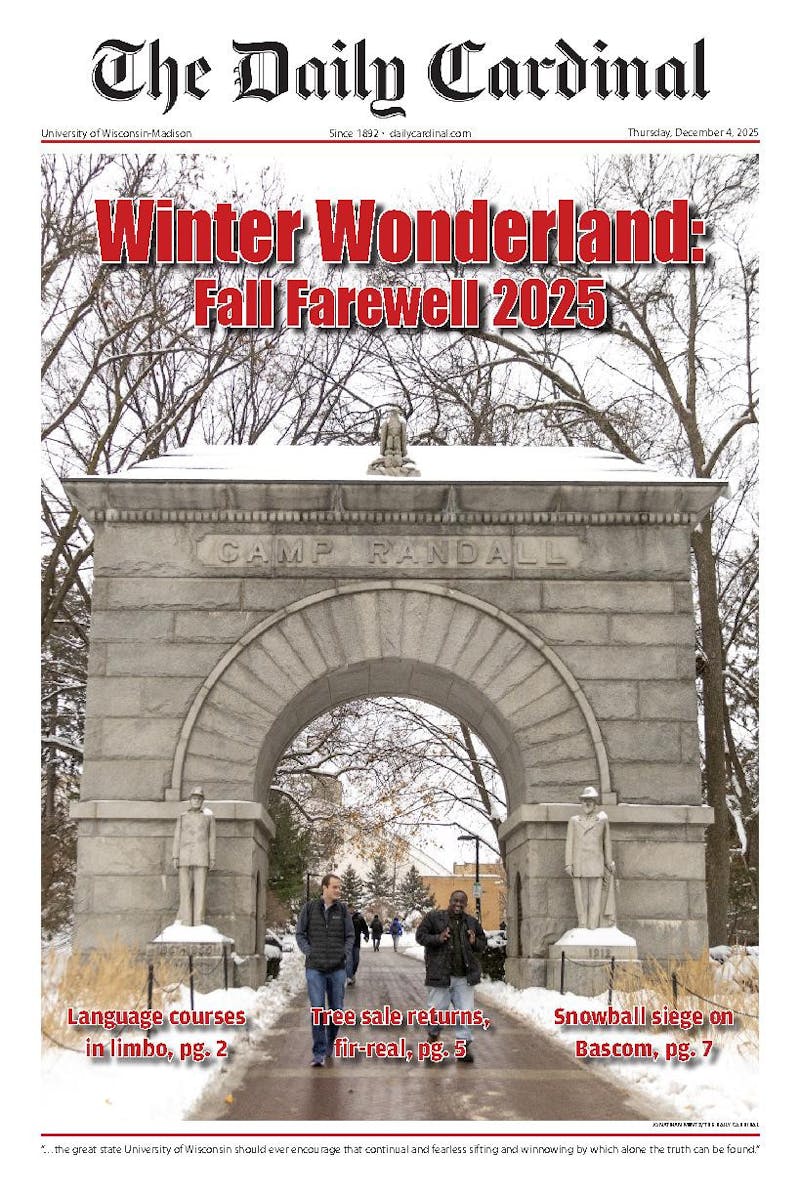Researchers at UW-Madison have identified a receptor for Botox responsible for allowing its toxin into living cells, which may be used for improving medical uses and protection against biological weapons.
Their findings were published in the Sept. 29 issue of the Journal of Cell Biology.
How botulinum neurotoxin-the toxin found in Botox-enters a cell has been an unanswered question for a long time.
\Ten years ago I worked with a group trying to solve this and we had no idea how it worked,"" said Professor Edwin Chapman, senior author of the paper.
Min Dong, co-author as well, said that researchers have been trying to solve it for more than 50 years.
""Knowing the receptor for Botox is important because it provided the knowledge basis for future studies that will both improve the medical application of Botox and help fight the potential biological weapon threat,"" Dong said.
Botox is commonly used as a wrinkle remover, but is also used as treatment for stroke paralysis, migraine headaches, facial tics and many other pains.
The toxin paralyzes muscles, including those that help you breathe. According to Dong, if one inhales or is injected with a large dose of Botox the only treatment is to have a machine maintain breathing until the toxins deactivate. This makes for a possible powerful biological weapon.
""The general population is not immunized against Botox and that is why it is dangerous,"" Dong said.
According to Chapman, the Botox receptor was just a side experiment that turned into something more. With follow-up experiments, they were able to identify a receptor for the Botox toxin.
In the paper, Chapman said there are four receptors that are deadly to humans.
""Now that we have found the first one, [the others] should be easier,"" he said.
Future plans include identifying the other receptors and finding out whether or not they will be able to block the other three receptors. Dong said he knows they have a long way to go, but thinks they will be able to find the answers they are seeking.
""We showed that the receptor fragment is able to neutralize toxin in mice, and the future study is needed to make this more practical,"" Dong said. ""Theoretically, we already proved that it is a feasible plan.\





